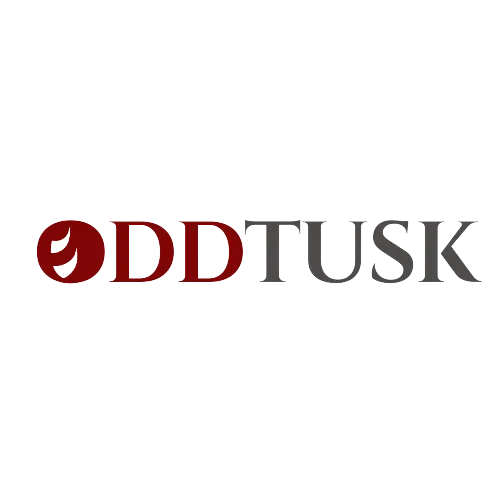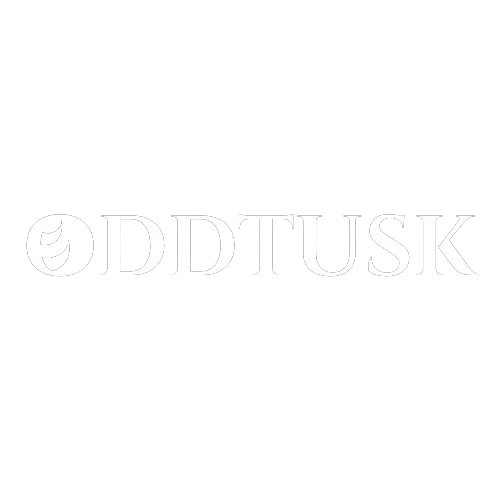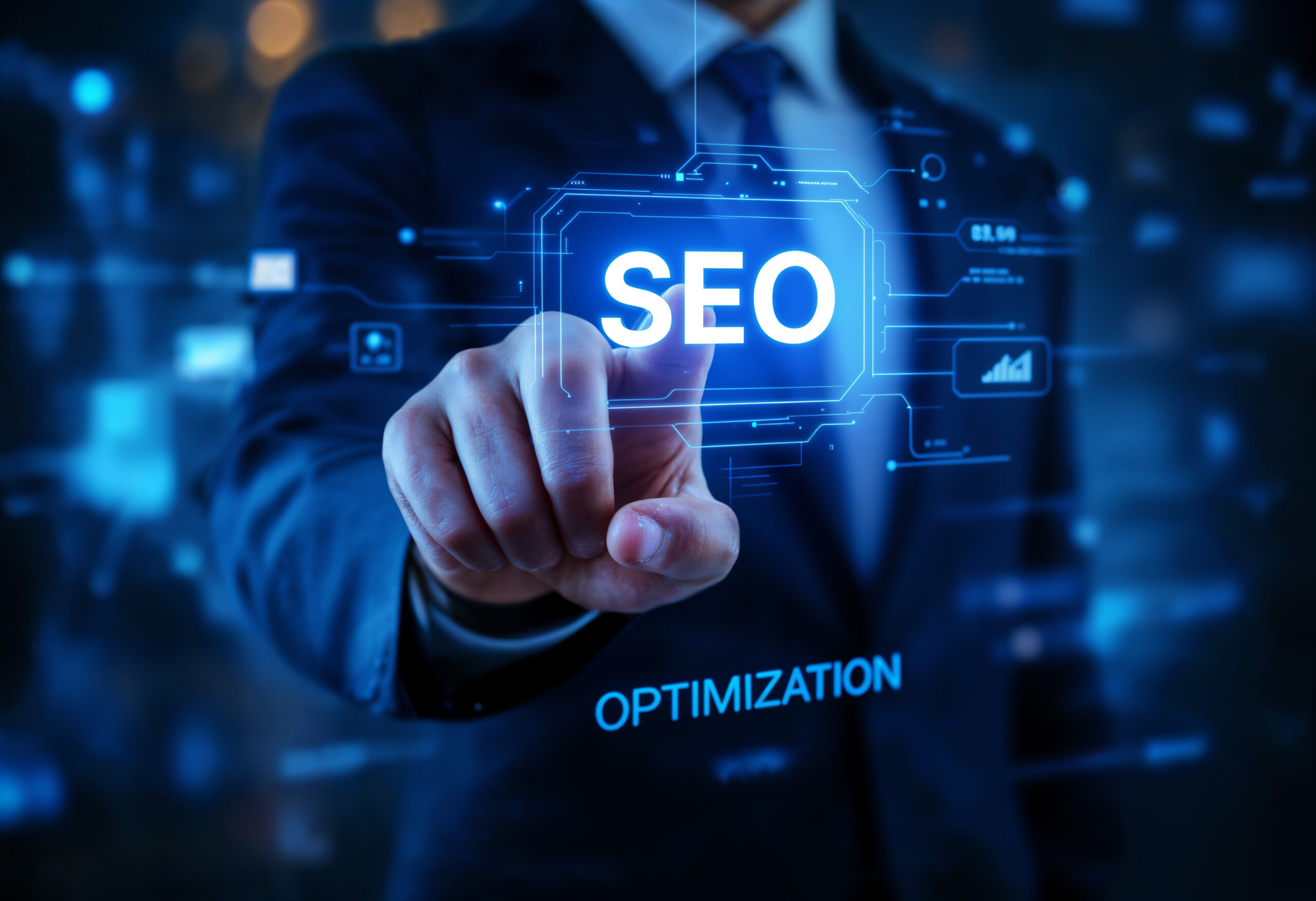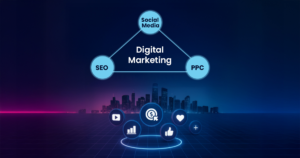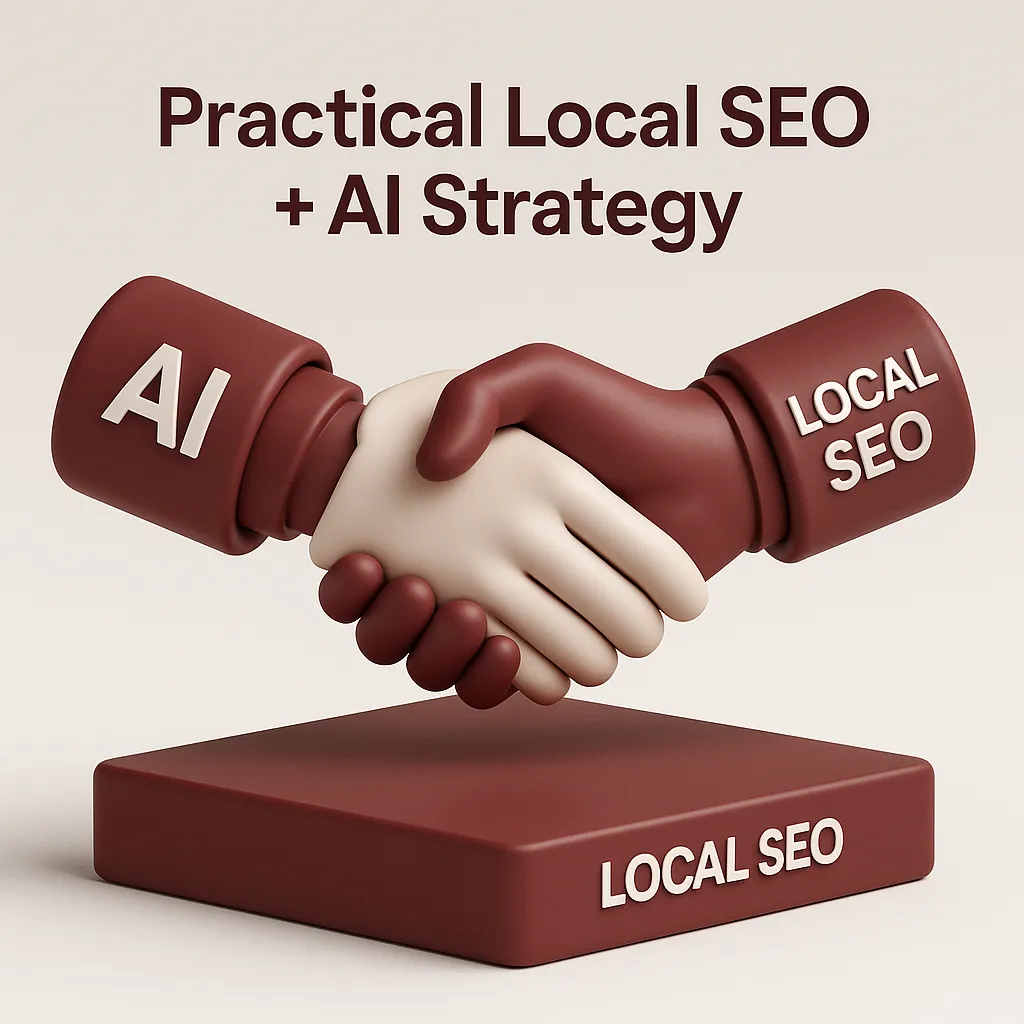The rules of visibility are changing as search moves into the age of AI-powered discovery. What used to be all about keywords and backlinks now requires demonstrable expertise, entity optimization, and semantic understanding.
Your content is now vying for inclusion in AI-generated summaries rather than ten blue links as Google’s AI Overviews shape search experiences. Businesses must adjust their SEO tactics to focus on content quality, credibility, and context.
In order to sustain high organic performance in this new environment, this guide delves deeply into how contemporary SEO services in 2026 use AI intelligence, entity-based optimization, and E-E-A-T (Experience, Expertise, Authoritativeness, Trustworthiness).
The Rise of AI Overviews and What It Means for SEO
The way results are presented is drastically altered by AI Overviews, Google’s development of the Search Generative Experience. AI Overviews create an answer by combining information from reliable, high-authority websites rather than displaying a list of links.
Inclusion in these summaries in 2026 depends on:
- Aligning content with topic context and user intent, rather than just keywords, is known as semantic SEO.
- Organizing your content and brand as identifiable entities in Google’s Knowledge Graph is known as entity optimization.
- Verified E-E-A-T signals—using authorship, citations, and expertise to demonstrate the authenticity of the content.
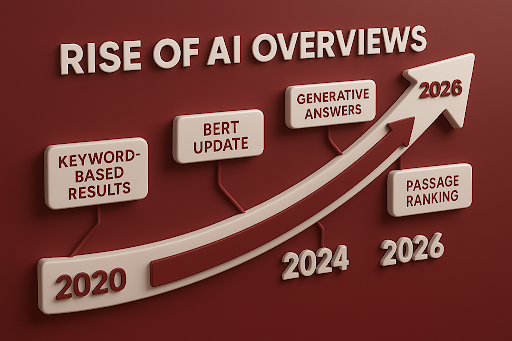
In order to guarantee that their content is included in AI’s “featured narratives,” companies employing professional SEO techniques are now concentrating on structured data, contextual linking, and authorship visibility.
To put it briefly, AI Overviews honor depth, uniqueness, and validated expertise—the cornerstones of SEO that is prepared for the future.
Entity Optimization: The Core of Future SEO Services
The fundamental units of semantic understanding are entities, which include names, brands, places, ideas, and individuals that search engines can identify and relate to.
By 2026, entity optimization has emerged as a crucial component of both technical SEO and enterprise SEO. Rather than inquiring, “How many keywords are on the page?” “How well does this entity connect to others in the Knowledge Graph?” Google now queries.
How Entities Are Optimized by SEO Services:
- Structured Data (Schema Markup): Google can better understand your identity and offerings if you use the Organization, Person, Product, and Article schema.
- Integrating LinkedIn data, Wikipedia articles, and brand knowledge panels to enhance entity recognition is known as knowledge graph integration.
- Contextual link building is the process of connecting your entity with authoritative domains and pertinent topics through internal and external links.
- Maintaining a consistent NAP (Name, Address, Phone) is particularly important for small and large businesses.
In AI search ecosystems, entity optimization transforms a company from “a keyword result” to “a recognized brand authority” when done correctly.
The Role of E-E-A-T in 2026: Trust as the Ranking Currency
E-E-A-T is now a quantifiable ranking factor rather than just a guideline. In 2026, trust metrics that examine author credibility, transparency, and brand integrity are used by search algorithms to assess content.
Fundamental Signals That Boost E-E-A-T:
- Experience: Including first-hand accounts, process videos, and original research in your content to demonstrate your lived or first-hand knowledge.
- Expertise: Emphasizing case studies, author credentials, and certifications.
- Authoritativeness: Getting mentions and backlinks from reliable sources is a sign of authoritativeness.
- Trustworthiness: Upholding unambiguous editorial, privacy, and about pages that demonstrate actual legitimacy.
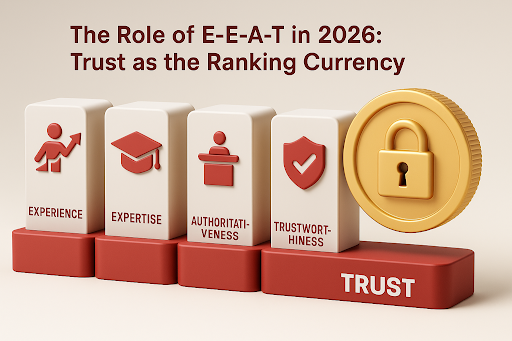
Current SEO packages place an emphasis on fact-based validation and content author identity in addition to technical advancements.
In both AI Overviews and organic rankings, websites with real-world experience routinely perform better than those with thin or anonymous content creators.
The AI-Driven Evolution of On-Page SEO
Title tags and meta descriptions no longer need to be changed in order to achieve on-page optimization. In 2026, on-page SEO combines multimodal content clarity, semantic structuring, and user experience.
What’s New:
- Topic Clusters: Rather than relying solely on keywords, pages are now constructed around related subtopics.
- AI Readability Alignment:Aligning text for AI comprehension through the use of structured paragraphs, consistent terminology, and succinct entity references is known as AI Readability Alignment.
- Multimedia SEO: Semantically tagged audio, video, and image data for AI parsing.
- Dynamic Experience Signals: AI ranks and cites content based on engagement metrics, accessibility, and Core Web Vitals.
A professional SEO firm might, for instance, combine knowledge-based internal linking, voice search optimization, and heatmap analytics to make sure every page expresses intent to AI models and users alike.
Technical SEO: The Foundation Behind AI Visibility
Technical SEO is the framework that supports AI Overviews, if they are the new surface. The ability of AI models to crawl, comprehend, and reference your content depends on the speed, organization, and security of your website.
2026’s Top Technical Priorities:
- URLs and internal links organized according to semantic relationships make up entity-oriented site architecture.
- Crawl Budget Optimization: Effective bot guidance through the use of canonical tags and XML sitemaps.
- Improved Page Experience: Mobile-friendly, accessibility-compliant, and quick-loading layouts.
- Making sure AI models have complete access to JavaScript content through server-side rendering (SSR).
- Data Layer Integration: Giving search engines the ability to retrieve organized, factual information from your pages.
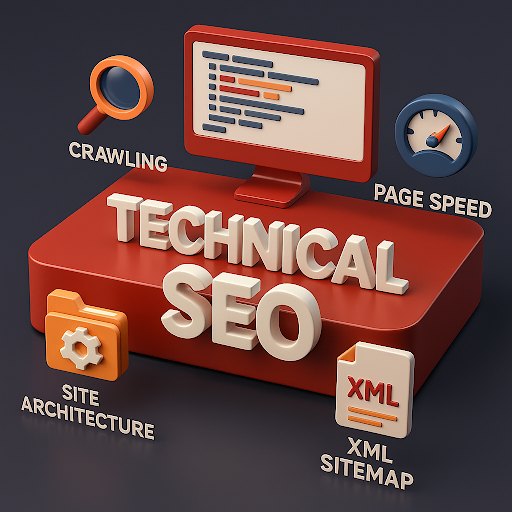
Managing this technical underpinning becomes essential to any enterprise SEO strategy as websites grow in size. Without it, AI-indexed overviews may not include even excellent content.
Link Building: Still the Trust Engine of the Web
Link building is still one of the most powerful ranking signals in 2026, even with its complex algorithm. But now, contextual authority is more important than volume.
Contemporary Link-Building Techniques:
- Getting links from websites that share your entity context (such as trade associations or academic institutions) is known as entity-based outreach.
- Topical Relevance: Semantic authority is increased by links that relate to your primary service areas.
- Digital PR & Brand Mentions: Even in the absence of direct backlinks, earned media exposure now helps build brand-level entity trust.
- Citation Consistency: On all platforms, social media profiles and local citations reinforce brand-level trust signals.
These days, link building is less about directory submissions and more about establishing relationships and mapping authority. Link ecosystems built by the top SEO services improve entity recognition and domain authority.
AI and Enterprise SEO: Data, Scale, and Automation
AI-powered SEO automation is currently being used by large organizations to handle thousands of pages and entity clusters.
In 2026, enterprise SEO will prioritize
- AI crawling insights to forecast indexation behavior and address crawl anomalies more quickly.
- Automated Schema Deployment: Distributing structured data among sites with multiple locations or languages.
- Correlating search queries with behavioral data through machine learning is known as search intent mapping.
- Forecasting ranking results based on the evolution of search patterns is known as predictive analytics.
Scalable infrastructure is guaranteed by a reliable enterprise SEO partner across extensive networks without compromising compliance or personalization.
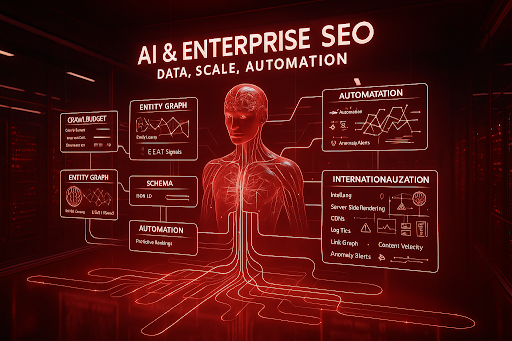
Professional SEO Services in 2026: The Integrated Approach
These days, the best professional SEO services combine AI-assisted intelligence with human expertise.
The new model is comprehensive:
- Strategy: Matching brand and business objectives with SEO goals.
- Data: Making use of knowledge graphs, analytics, and insights produced by AI.
- Creativity: Creating content ecosystems that respond, engage, and convert is an example of creativity.
- Authority: Using vetted credentials and expert authorship to bolster one’s online reputation.
- Technology: Ensuring accessibility, speed, and crawlability on all platforms.
Experience, openness, and a history of success in both conventional and AI-integrated search channels are important factors for businesses selecting SEO partners.
Oddtusk: Pioneering the Future of SEO for 2026 and Beyond
Our goal at Oddtusk is to assist brands in maintaining their competitive edge in the rapidly changing digital market. To future-proof your visibility, our SEO services combine data-backed entity mapping, cutting-edge AI research, and E-E-A-T integration.
Oddtusk creates strategies that match your digital presence with the way AI interprets the web, whether you require technical SEO, on-page SEO, or enterprise SEO.
Our SEO packages are made to go beyond rankings; they build credibility ecosystems that guarantee your company gains authority, trust, and top-tier visibility in both traditional SERPs and AI Overviews.
By collaborating with Oddtusk, brands take the lead in the development of contemporary search rather than merely responding to algorithm changes.
Key Takeaways
- With an emphasis on knowledge, organization, and brand authority, AI Overviews reimagine how search engines present results.
- Nowadays, entity optimization plays a major role in ranking, taking the place of keyword-centric tactics with contextual relationships.
- The most dependable method to show up in summaries produced by AI is to establish E-E-A-T credibility.
- Technical prowess, data science, and content authenticity are all integrated in modern Professional SEO.
- The tools, knowledge, and approach to succeed in this AI-driven search revolution are provided by OddTusk’s SEO services.
